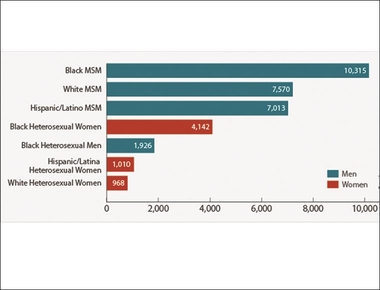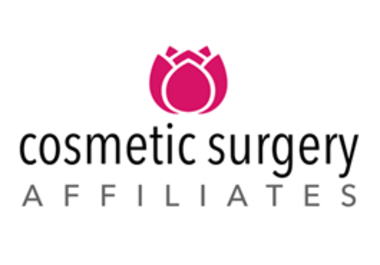The HIV basics and cosmetic surgery

by Courtney Caplan, MD, DMD
Cosmetic Surgery Columnist
In honor of World AIDS Day and HIV awareness, I thought it may be beneficial to review some basics about the human immunodeficiency virus and some common questions patients have. Below is a basic review, but if you are interested in learning more, there is an abundance of information available from the CDC, which is where most of the following facts were acquired.
What is HIV? HIV stands for Human Immunodeficiency Virus. A person’s immune system is composed of the cells that fight off infection. The virus attacks those defender cells, so a person is more inclined to get other infections or cancer.
What is AIDS? Acquired Immunodeficiency Syndrome and is the most severe phase of HIV infection. At this point, the immune system is so badly injured, a person is much more prone to infections. Without treatment, a person with AIDS is expected to survive only a few years.
How is HIV transmitted? HIV is most commonly transmitted through sexual intercourse and sharing needles. Much more rarely, it can be transmitted though pregnancy and needle sticks in a hospital setting. HIV is not transmitted by air, water, insects, pets, saliva, tears, or sharing toilets, food or drinks.
What is PrEP, PEP and ART? PrEP is pre-exposure prophylaxis and consists of a combination of HIV medications. By taking PrEP daily, someone who is having sex with an infected partner can reduce the risk of getting HIV by 90 percent. PEP is post-exposure prophylaxis and consists of taking medication known as antiretroviral therapy (ART) to prevent getting HIV after a possible exposure occurs. It should be started within 72 hours of the exposure.
How common is HIV in the United States? According to the CDC, 1.1 million people were living with HIV in 2014. In 2015, over 39,000 new diagnoses were made. This is approximately a nine percent decline in new diagnoses since 2010.
Can I have cosmetic surgery if I am HIV positive? Yes, as long as your virus is well controlled. At Cosmetic Surgery Affiliates in Oklahoma City, we will ask you for a copy of your most recent labs, and as long as the viral load is low and the infection fighting cells count (CD4) is high enough, you can proceed with surgery.
Most common reason HIV positive patients go to a cosmetic surgeon? Many people with HIV go to a cosmetic surgeon for the same reasons people who are not infected with HIV do. That being said, people who are infected with HIV metabolize their fat differently. It is not uncommon for their faces to become very thin and have hollowing in their cheeks and temple areas. For this reason, many are interested in having either fat taken from another part of their body and transferred there or using facial fillers to re-create the fullness they once had.
On the other side of the spectrum, some develop excess fat in localized areas. In these situations, even with diet and exercise, it is difficult to get rid of this unwanted fat, so liposuction is requested.

Copyright The Gayly – December 5, 2017 @ 7 a.m. CST.





